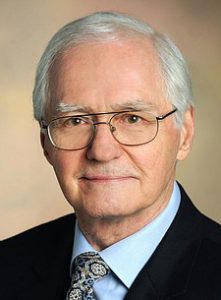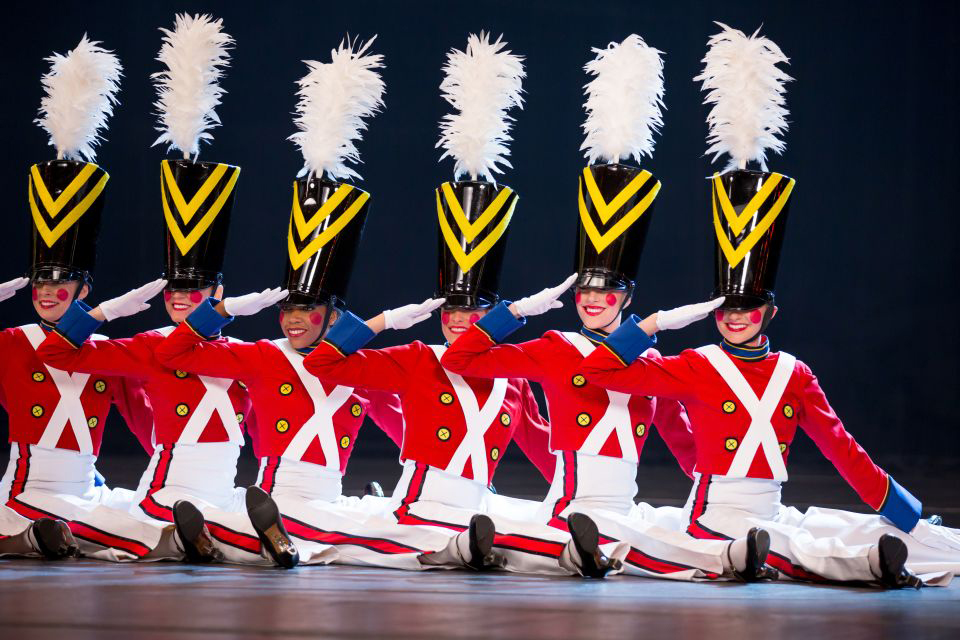Christmas has been in trouble for a long time. This year, decorations were out in Home Depot just past Halloween. And have you seen some of the yards around town?
The Star Wars characters in the display down the street are dreaming of a Hoth Christmas. It is creative and fun, and, wisely I believe, doesn’t even pretend to tell the biblical Christmas story. It’s a different holiday from that one. Just down the street is the outline of a barn complete with a star looking down on Mary, Joseph and The Babe in a manger. Competing narratives within a hundred yards of each other. A fitting tabloid of our current cultural cacophony.

Richard Conville
Recently I ran across an insightful critique of Pop Culture Christmas in J.D. Salinger’s The Catcher in the Rye. I didn’t read the novel in college as so many others were doing, but 50 years later. Today, it’s more historical artifact than the call to arms it was in the 1950s.
And, as I do every Christmas season, I pulled out my dog-eared copy of Lawrence Ferlinghetti’s A Coney Island of the Mind, his collection of poems also from the 1950s. I did discover Ferlingetti in college, and it was love at first read. “Christ Climbed Down” was the first poem I latched onto, and it resonates six decades later.
Both Salinger and Ferlinghetti were born in 1919 (the same year as my mother), and both served in World War II, Ferlinghetti in the Navy and Salinger in the Army. Salinger published The Catcher in the Rye in 1951, and Ferlinghetti published A Coney Island of the Mind in 1955.
Both rebelled against the staid and stable 1950s. Both were at Normandy on June 6, 1944, for the Allied invasion of Europe, Ferlinghetti on a small sub chaser in the English Channel and Salinger on the beach (and later, surviving the Battle of the Bulge, his unit fought its way into Germany where it helped liberate Dachau). Ferlinghetti emerged from the war an ardent pacifist. After Germany’s defeat, he was reassigned to the Pacific where he observed firsthand what was left of Nagasaki after the atomic bomb of Aug. 9, 1945. Salinger expressed his wartime experience in more subtle ways.
Both, ironically, speak words of wisdom to us today from their vantage point nearly three quarters of a century back in time and light years back culturally.

Publicity photo from Radio City Music Hall
Salinger (as Holden Caufield in the novel) waxed eloquent about the Christmas Spectacular he had seen with “old Sally Hayes” in Radio City Music Hall: “The Rockettes were kicking . . . All these angels start coming out of the boxes . . . the whole bunch of them . . . singing “Come All Ye Faithful!” like mad. Big Deal.”
He wasn’t finished: “It’s supposed to be religious as hell, I know, and very pretty and all, but I can’t see anything religious or pretty, for God’s sake, about a bunch of actors carrying crucifixes all over the stage.” Why don’t you tell us, Holden, what you really think? He concluded that “Jesus probably would’ve puked if he could see it — all those fancy costumes and all.”
Puked at what popular culture had done to his Coming: The Rockettes appropriating Christian symbols; Radio City Music Hall cashing in on the Christian holiday; and the Christmas Spectacular squeezing all the spiritual, social and political meaning out of Advent.
To Salinger, that’s what had become of Christmas, even in the 1950s. And its materialism has only accelerated since then. Don‘t get me wrong: I’m no pre-nightmare Scrooge. Many people do many good deeds during the Christmas season, help many people. Good cheer is spread, and warm feelings of kinship and friendship are nurtured. It’s just not the Advent season. It’s something else. Salinger seems to want us to at least admit that and not present the one (the Christmas Spectacular) as if it were the other (the Christian Advent season).
It’s not a bad distinction, actually — one many already make, if not out loud at least in their heads or in their heart of hearts.
Ferlinghetti’s poem is quite another thing compared to Salinger’s rant. In it, he depicts Jesus as running away from his own birthday party:
Christ climbed down from His bare Tree this year and ran away to where there were no rootless Christmas trees hung with candy canes and breakable stars.
Christ climbed down from His bare Tree this year and ran away to where there were no gilded Christmas trees and no tinsel Christmas trees and no tinfoil Christmas trees and no pink plastic Christmas trees.
You get the idea. And in the last stanza he tells us where his Jesus ran away to:
Christ climbed down from His bare Tree this year and softly stole away into some anonymous Mary’s womb again where in the darkest night of everybody’s anonymous soul He awaits again an unimaginable and impossibly Immaculate Reconception the very craziest of Second Comings.
Richard Conville is a retired professor of communication studies and long-time resident of Hattiesburg, Miss. This essay previously was published in The Pine Belt News, Hattiesburg, Miss.


